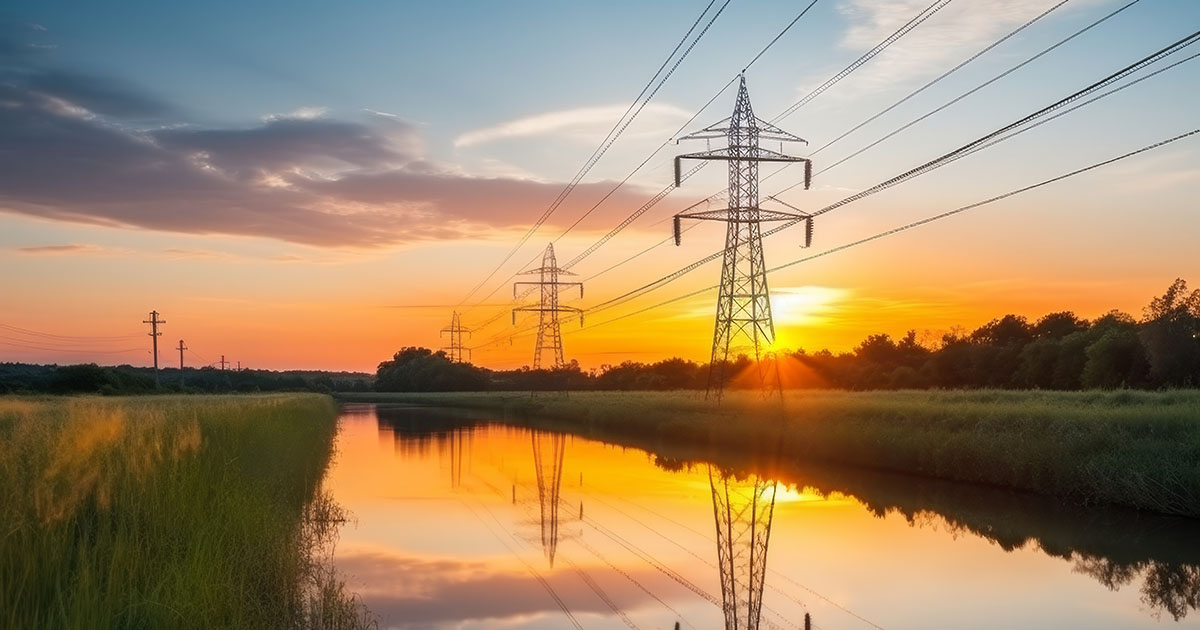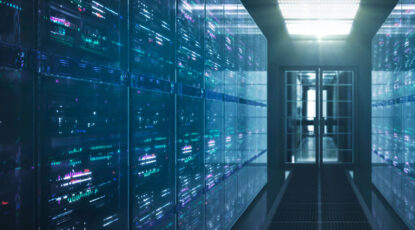The Growing Challenge of Grid Power Reliability
With the rapid growth of Artificial Intelligence and its integration into our daily lives, reliance on power grids has significantly increased. While this technology has improved efficiency and convenience, it places heavy pressure on the grid, and in turn, the world is grappling with finding ways to ensure time-to-power delays are greatly reduced. The data centers powering AI require a minimum of three years to get up and running and are estimated to use up a staggering 9% of total electricity generated in the U.S. by 2030, almost one-third of the energy used by all homes and businesses in the country combined. AI is making doing tasks more trouble-free, but is also making consistent access to electricity troublesome.
In 2019 alone, California experienced 25,281 blackouts, a 23% increase from the year before. The reasons for this leap, outside of AI, are twofold: age and lack of infrastructure investments. Some U.S. power lines have not been updated or replaced for years, some close to 30-40 years. Hazardous weather conditions can permanently damage the power lines, going unnoticed until a power outage occurs. Hand in hand is the lack of investment. The government has a large budget for updating the grid, but only a fraction has been approved and put into use.
As climate change intensifies its effects on the planet and we move towards a more electricity-reliant future, power outages will become inevitable. The solution to this dire issue is to pivot to alternative primary power sources that are cleaner, more reliable, and more efficient to decrease the time it takes to power our planet.
Why the Grid is Failing: Capacity and Accessibility Issues
The U.S. power grid is struggling to meet demands as the population becomes more reliant on technology, and climate change is resulting in more extreme weather conditions. Unlike other parts of the world, the U.S. relies on three separate grids further broken down by regions. When a storm impacts a state like Texas, for example, it can only rely on its own region’s power grid, bouncing back a costly and even life-threatening endeavor. Businesses are also greatly impacted by planned and unplanned power outages, losing between $300,000 and $1 million every hour without power. Residents and businesses can no longer rely solely on the grid for power. To make electricity more accessible, pivoting to localized power generation would make for a more dependable solution. A hidden cost of using electricity from power plants is transmission fees. Energy consumers are burdened with paying billions each year in shipping and handling costs that could be eliminated through localized power.
What Are Hydrogen Fuel Cells and How Do They Work?
In simple terms, a hydrogen fuel cell is a technology that converts hydrogen into electricity. It does so using the three components of the fuel cell (anode, cathode, and electrolyte), which allow hydrogen gas and oxygen from the air to interact and create energy. Although this technology has been around for hundreds of years, its successful implementation is much more recent. Stacks of hydrogen fuel cells can now power entire buildings with minimal carbon emissions and maximum efficiency. In the future, a single stack may be able to power a small home cleanly.
Benefits of Hydrogen Fuel Cells in Renewable Energy Technologies
Hydrogen fuel cells are unique to many of today’s widely used power sources for a few reasons. One of the most significant advantages of utilizing fuel cells is the environmental benefits. These products only emit water vapor and heat, offering a zero-emission power source. Moreover, they are cost- and space-effective as they do not require much maintenance and take up minimal space compared to grid lines. With a rise in natural disasters due to climate change, having a decentralized power system is essential to keeping the lights on. Renewable energy systems benefit rural communities by allowing them to store energy for extended periods and not depend on sparse power sources.
Looking forward to a more sustainable and reliable power future requires us to embrace hydrogen fuel cells. While efforts to “pause” and even reverse climate change have been put into place through legislation, adopting cleaner systems, like The Bloom Energy Server, will aid in creating more long-term solutions.
Time to Power FAQs
- What is time to power?
Time to Power is the time it takes for a new facility to receive the necessary power from the grid. This process can take months or even years, leading to delays in operations and increased costs for companies waiting to become fully operational. Such delays can be especially problematic for industries, such as data centers and facilities, such as hospitals, that rely on continuous and reliable power. - How do hydrogen fuel cells decrease the time to power?
Hydrogen fuel cells provide decentralized, on-site power generation that can be deployed quickly, reducing the time it takes for a facility to become operational. Unlike traditional grid connections, which can take months or years, hydrogen fuel cells offer an immediate, reliable power source, ensuring continuous operation even during grid delays. This capability significantly shortens the time to power, especially in critical or remote locations. - What new renewable energy technologies are impacting time to power?
Renewable energy technologies like solar, wind, and solid oxide fuel cells significantly reduce the time to power by providing faster, decentralized power solutions. These systems can be deployed faster than traditional grid connections, allowing facilities to start operations sooner while supporting sustainability goals.



